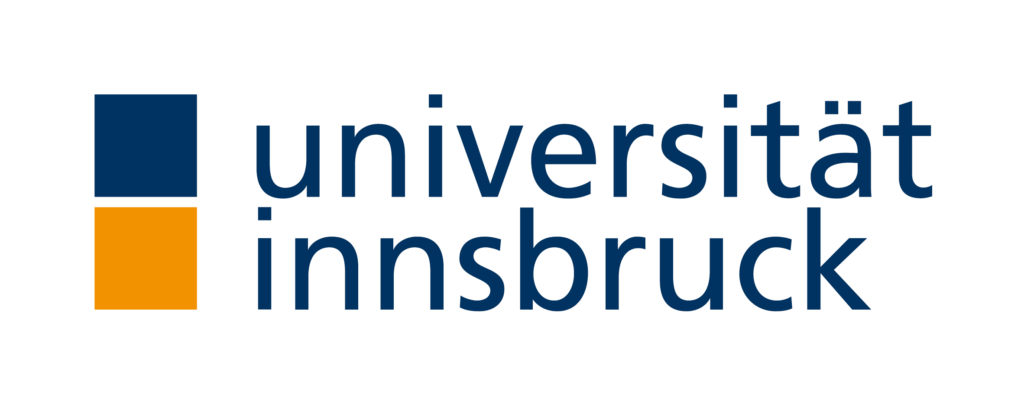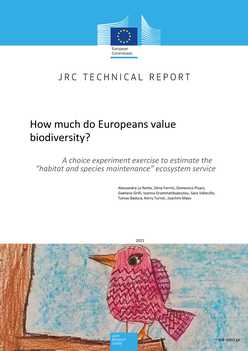
GIS & mapping integration
for spatial modelling
Direct API integration with GIS and mapping services is supported through the SurveyEngine software.
Integrations may include:
- Simple maps and user selectable locations.
- Advanced map display and layer manipulation.
- GIS file overlays and customised base maps.
- Full or limited mapping interactions such as mark, pan & zoom.
Vignette, conjoint and choice- based approaches
Complex stratification and sampling schemes are possible with the SurveyEngine platform, including:
- Formatted vignettes randomly sampled or driven by experimental designs.
- Experiments support randomised, factorial, orthogonal and efficient designs and can be imported directly from Ngene™.
- Scenario variables and multi-arm surveys with replication of sample stratification in each arm.
- Sequential update of experimental designs in field, without compromising data collection and questionnaire set-up.


Rich Media Choice Sets
The SurveyEngine platform supports direct media file inclusion and real-time generation of rich media within choice sets.
- Easy integration of graphics into choice sets.
- Realtime generation of graphics using CSS layers.
- Automated image selection from attributes and levels.
Respondent sampling & targeted recruitment
- Nationally representative samples, stratified by demographic variables.
- Quota sampling with multiple interlocking segments.
- Recruitment of deeply targeted respondents based on postal codes and behavioural or attitudinal profiles.
- Mixed mode recruitment: CATI, CAPI and on site data collection.

Reference publications in
Environmental Economics



Evidence of the association between deadwood and forest recreational site choices
Authors: Philipp Sacher, Jürgen Meyerhoff, Marius Mayer. Forest Policy and Economics, 2022
SurveyEngine provided respondent sampling from a representative sample in Germany, programming involved graphical choice sets and respondent individual opt-out generation.
Abstract: The level of biodiversity is in decline, also in forests. As more natural structures are known to safeguard biodiversity, changes in forest management, including higher amounts of deadwood, may help reverse the decline. However, this could lead to trade-offs between forest ecosystem services, and forest recreation might be negatively affected by the presence of more natural forest structures, especially deadwood. So far, only a few studies have investigated the influence of deadwood on recreation in larger forest areas and on a national or regional scale. To better understand the possible impact, we analysed how higher amounts and different forms of deadwood would affect site preferences for recreation employing an online survey based on a representative sample in Bavaria, Germany (N = 1462). A choice experiment comprising different forest alternatives with varying degrees of deadwood showed that the amount of deadwood does not influence respondents’ choice of recreation sites.




How much do Europeans value biodiversity?
Authors: Alessandra La Notte, Silvia Ferrini, Domenico Pisani, Gaetano Grilli, Ioanna Grammatikopoulou, Sara Vallecillo, Tomas Badura, Kerry Turner, Joachim Maes. Publication: European Commission, JRC Technical Report, 2021
SurveyEngine recruited a representative sample from four EU countries and coded the survey including reference levels based farming intensity.
Abstract: Biodiversity is an intangible asset essential for ecosystem function and human wellbeing. However, biodiversity management entails balancing a range of economic and social trade-offs. This report provides European level spatially explicit estimates of biodiversity non-use value applicable in the decision-making processes and appreciates the hidden contribution of habitat and species maintenance to human wellbeing. A stated preference survey with the choice experiment was conducted in four European countries that were selected to represent a range of diverse environmental and social contexts. A European map of biodiversity values is produced via value transfer techniques. The stated preference survey involved trade-offs between improved, maintained, or deteriorated agricultural practices (from agroforestry to monoculture) farm size interventions, chemical use intensity, biodiversity levels and annual costs. Results reveal heterogeneity in preferences across space and social groups, but biodiversity is persistently a key characteristic affecting public perception of land management practices.


The economic value of river landscapes for recreational use – A willingness-to-pay study in four regions in Germany
Authors: Marin Rayanov, Alexandra Dehnhardt, Manon Glockmann, Volkmar Hartje, Jesko Hirschfeld, Maria Lindow, Julian Sagebiel, Julia Thiele, Malte Welling. Publication: Hydrologie und Wasserbewirtschaftung, 2022
SurveyEngine added an interactive mapping and GIS component to coding the survey, and recruited local sample in four German regions based on individual zip codes.
Abstract: River landscapes including rivers, streams and surrounding floodplains are of great importance for local recreation. Especially their high degree of biodiversity and structural diversity result in high recreational and experiential value. The aim of the present study is to collect empirical data on recreational use and the valuation of river landscapes in Germany and to derive willingness-to-pay estimates for different development alternatives. In two research projects, around 4,000 people were questioned regarding their current use of rivers and streams for recreational purposes within a representative survey. The regional focus of this study is set on small rivers or streams in the state of Saxony, as well as on the major rivers Danube, Nahe and Aller. The use of choice experiments, a survey-based method for assessing individual preferences, enables the estimation of the importance of individual characteristics of a river landscape for the valuation and recreational site choice.
Arrange a free project consultation
One of our specialists will be glad to discuss your project aims and requirements
